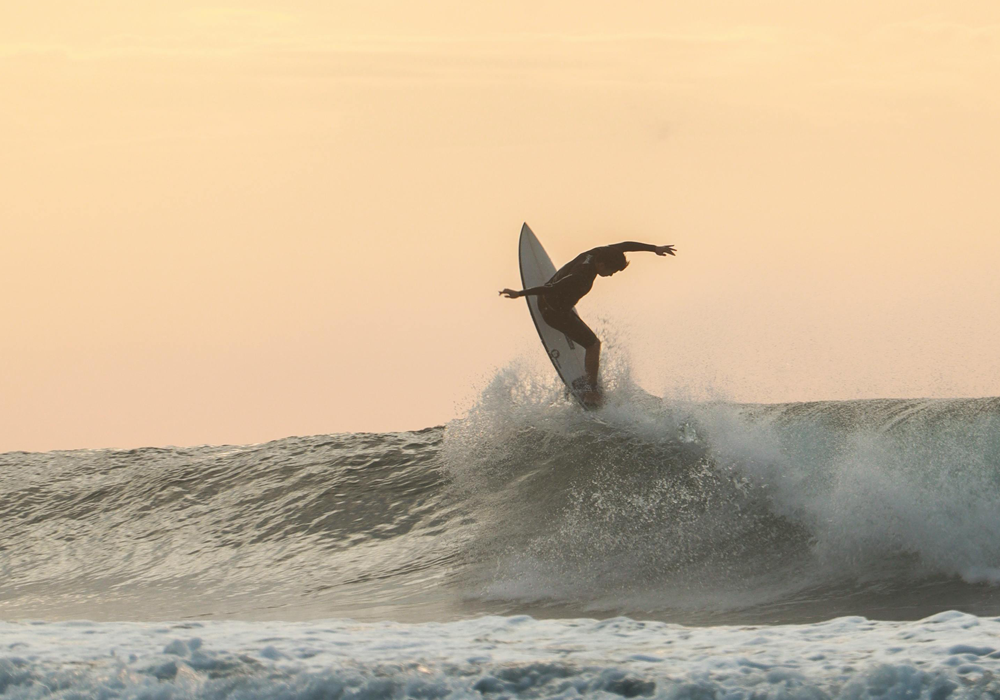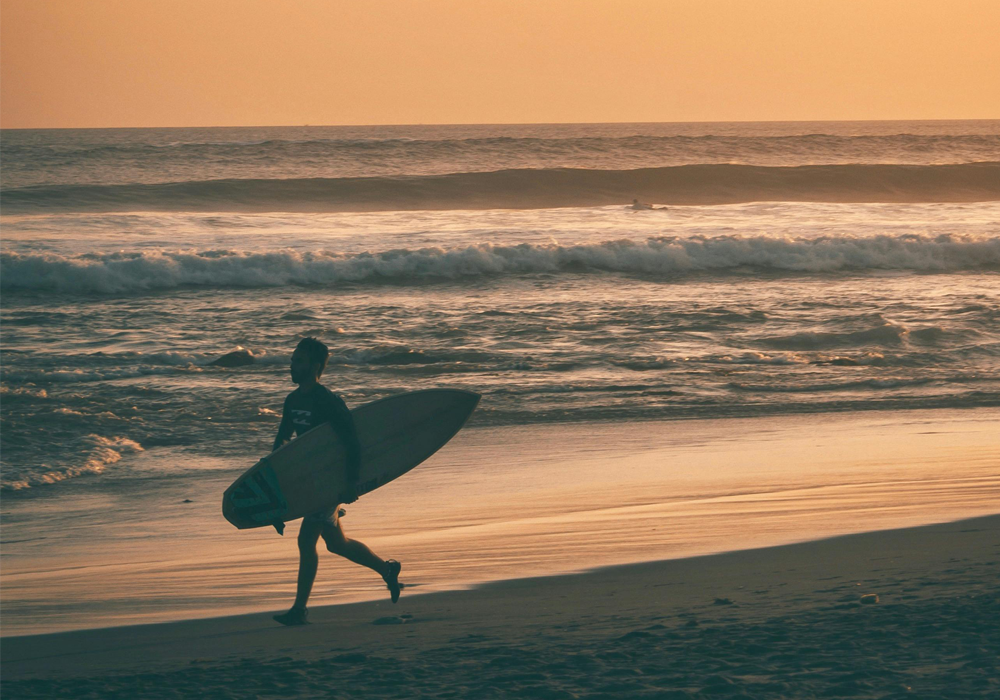Understanding how to read the wave is paramount for any surfer, especially beginners. It allows you to anticipate the wave’s behavior, choose the right spot to paddle, and ultimately, catch more waves safely and effectively.
Why Beginners Must Learn to How to Read the Wave:
- Safety First: Recognizing potential hazards like rocks, strong currents, or sudden drops is crucial for avoiding injuries.
- Wave Selection: Not all waves are created equal. Learning to identify the best waves for your skill level will improve your success rate and prevent frustration.
- Improved Technique: Understanding wave dynamics helps you paddle effectively, time your take-off correctly, and maintain balance on the wave.
- Increased Confidence: As you become more proficient at reading the wave, you’ll gain confidence in your surfing abilities and explore more challenging breaks.
Water Conditions:
Several factors influence wave quality and how they break:
- Swell: This refers to the energy generated by distant storms that travels across the ocean.
- Size: Measured in feet, it dictates the wave height.
- Direction: Determines the angle at which the waves approach the shore.
- Period: The time between two successive wave crests, influencing wave shape and power.
- Wind: Wind significantly impacts wave quality:
- Offshore Wind: Blows from the land towards the sea, creating “glassy” waves with smooth faces.
- Onshore Wind: Blows from the sea towards the land, creating “choppy” waves with whitewater and less defined faces.
- Tide: The rise and fall of sea level, affecting wave shape and breaking points.
- High Tide: Can create more powerful waves, but also increase the risk of shallow hazards.
- Low Tide: May expose shallow reefs or rocks, making some breaks un-surfable.
- Bottom Contour: The shape of the ocean floor beneath the wave.
- Reef Breaks: Waves break over coral reefs, often producing powerful, hollow waves.
- Beach Breaks: Waves break on sloping sandy bottoms, generally offering more forgiving conditions for beginners.
- Point Breaks: Waves bend around a point of land, creating long, consistent rides.
Wave Characteristics:
- Glassy Wave: A perfectly formed wave with a smooth, unbroken face, ideal for high-performance surfing. Offshore winds are typically responsible for creating glassy conditions.
- Wind-blown Wave: A wave disrupted by onshore wind, creating a choppy surface with whitewater. These waves are less predictable and more challenging to surf.
- Lumpy: A wave with a choppy, irregular surface, often caused by conflicting swells or strong winds. Lumpy conditions can make it difficult to maintain balance and find a smooth ride.
- Backwash: The receding water after a wave breaks, which can create strong currents and make paddling back out difficult.
Water Hazards:
- Strong Currents: Rip currents are powerful channels of water flowing away from the shore. If caught in a rip, swim parallel to the shore to escape.
- Shallow Reefs/Rocks: These can cause serious injuries if you hit them. Always check the bottom before paddling out and be aware of your surroundings.
- Large Sets: Series of larger waves that can quickly overwhelm inexperienced surfers. Observe the wave pattern and be prepared for larger sets.
- Marine Life: Be mindful of potential encounters with jellyfish, stingrays, or sharks.
Reading the Wave in Practice:
- Observe the Wave Pattern: Watch how waves break, noting the direction, size, and frequency of sets. Look for consistent peaks and predictable breaking points.
- Identify Potential Hazards: Look for rocks, reefs, and strong currents. Avoid areas with obvious dangers.
- Choose the Right Spot: Select a takeoff spot where the wave is breaking cleanly and consistently.
- Time Your Take-off: Paddle for the wave as it starts to curl, timing your pop-up to coincide with the wave’s steepest face.
- Anticipate the Wave’s Movement: As you ride, anticipate how the wave will break and adjust your position accordingly.
Tips for Beginners:
- Start on Smaller Days: Begin surfing in smaller, more forgiving conditions to build confidence and develop your skills.
- Take a Lesson: A qualified instructor can provide valuable guidance on wave reading, safety, and proper technique.
- Surf with a Buddy: Always surf with a friend for safety and to share the experience.
- Respect the Ocean: Understand the power of the ocean and always prioritize safety.
By carefully observing the waves and understanding these key concepts, you’ll be well on your way to becoming a more confident and successful surfer. Remember, patience and practice are essential. Enjoy the journey!


